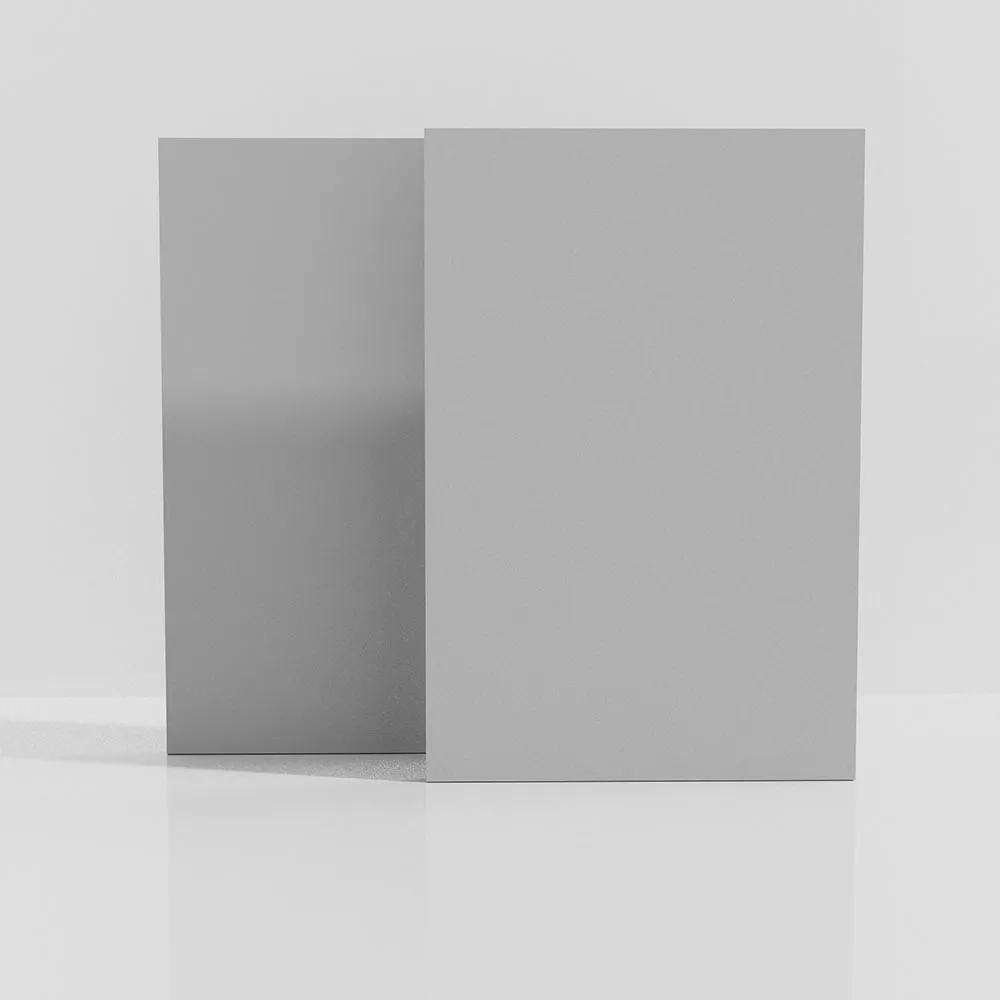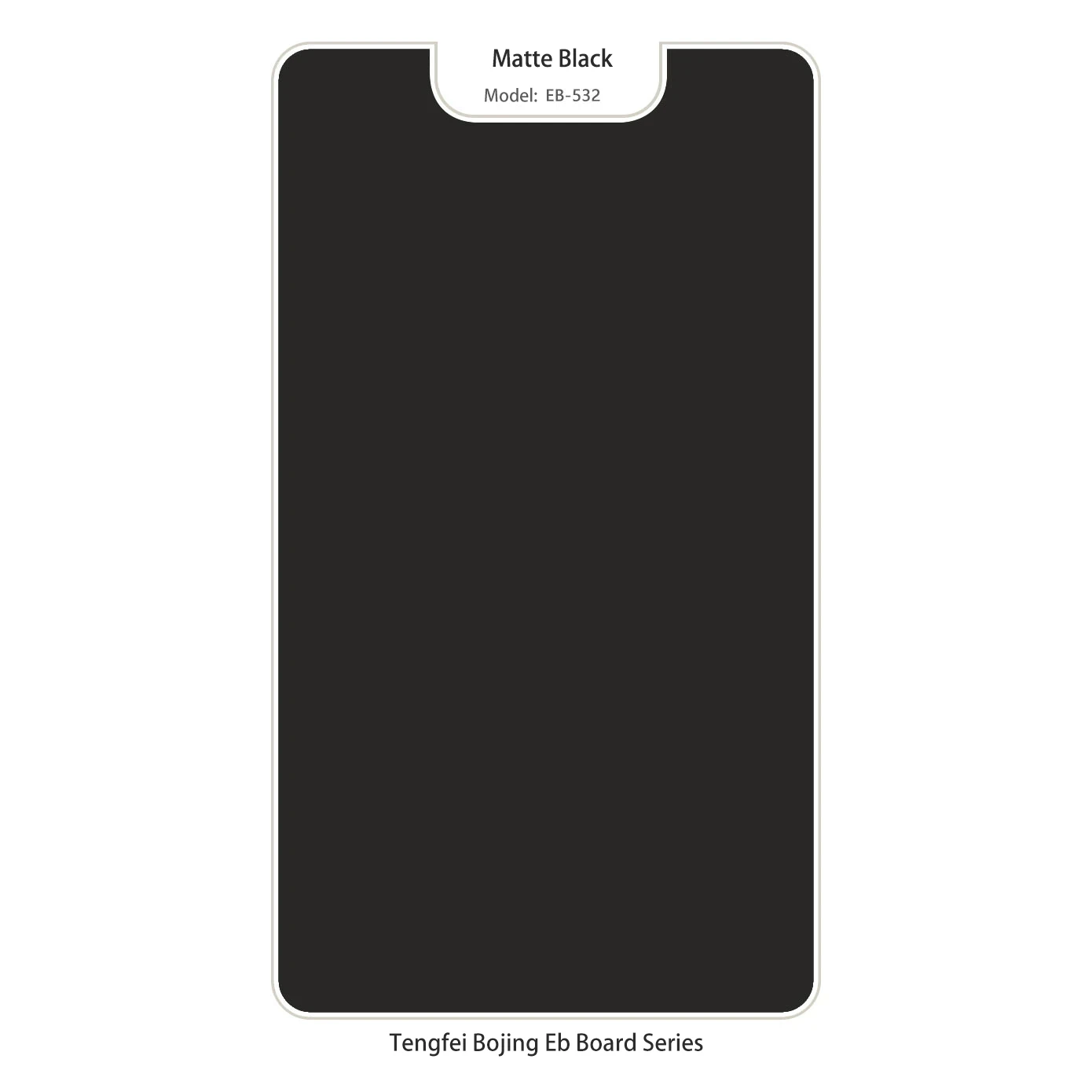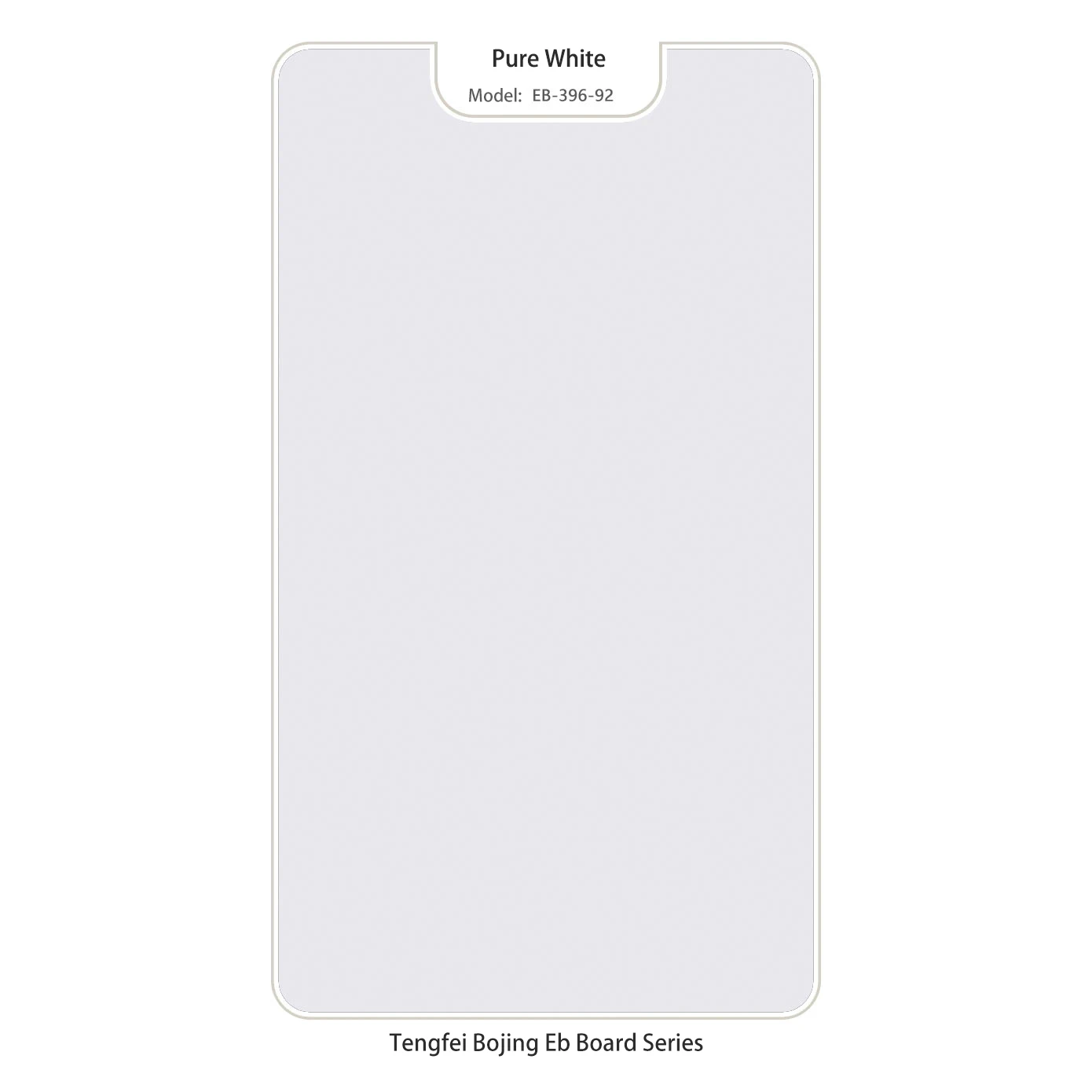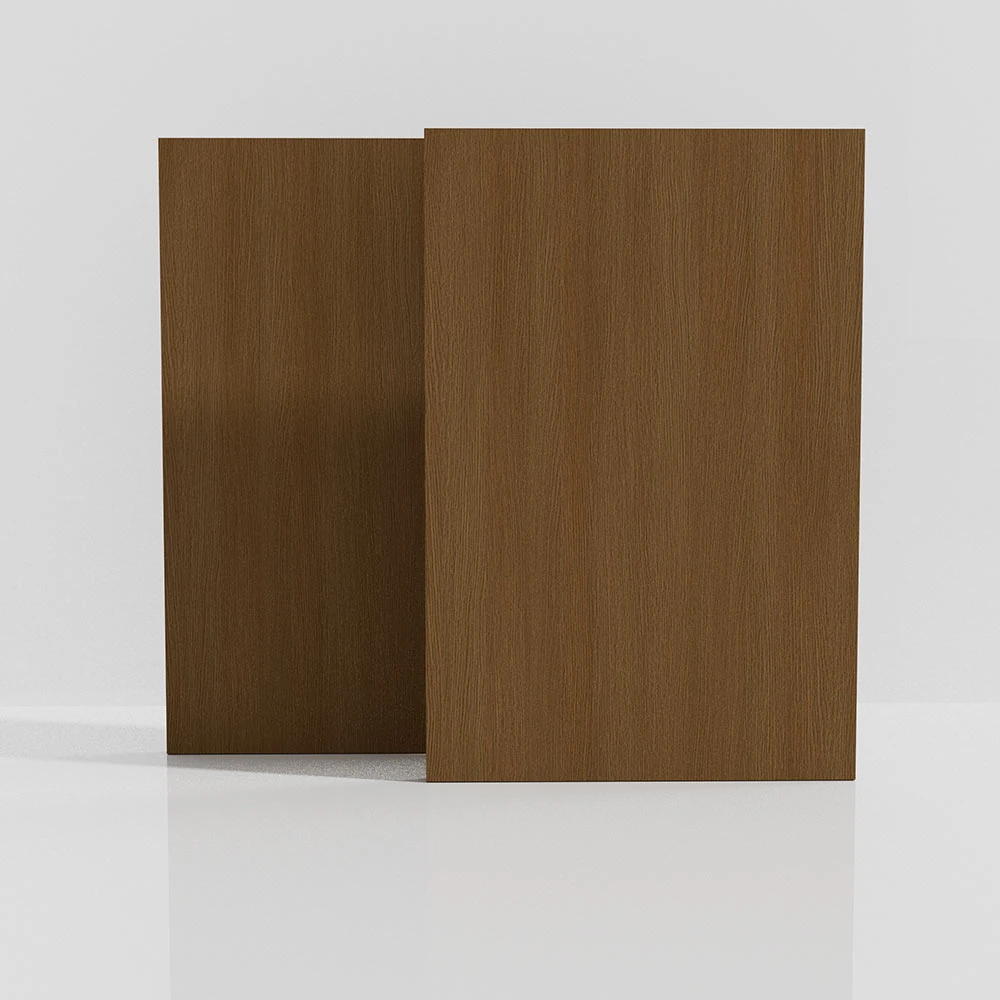Understanding the Modern Appeal of Irish Grey Board in B2B Applications
In the rapidly evolving landscape of material science and interior design, the demand for versatile, high-performance, and aesthetically pleasing board materials continues to grow. Among the innovative solutions emerging, the Irish Grey board stands out for its unique blend of practical benefits and sophisticated appearance. This medium-density fiberboard (MDF) variant, known for its distinctive grey hue, is increasingly becoming the material of choice across various B2B sectors, from high-end furniture manufacturing to sophisticated commercial fit-outs. Its consistent color, smooth surface, and superior workability make it an indispensable asset for designers and manufacturers aiming for both efficiency and elegance. The material's inherent stability and excellent finishing properties provide an unparalleled foundation for a wide range of applications, contributing to both the longevity and visual appeal of final products. Furthermore, its adaptability to different fabrication techniques ensures seamless integration into complex production lines, reducing processing time and material waste.
The current industry trends lean heavily towards sustainable yet robust materials that can withstand rigorous use while offering design flexibility. Irish Grey board aligns perfectly with these demands, providing a durable solution that can be easily customized to meet specific project requirements. Its neutral grey tone offers a versatile base that complements a broad spectrum of color palettes and textures, making it a favorite among architects and interior designers. As industries push for greater material efficiency and environmental responsibility, the careful selection of core materials like Irish Grey becomes paramount, influencing not only the aesthetic outcome but also the overall lifecycle impact of a product. This strategic material choice ultimately enhances brand reputation and contributes to long-term market competitiveness.
The Advanced Manufacturing Process of Irish Grey Board
The superior characteristics of Irish Grey board are directly attributable to its meticulously controlled manufacturing process, which adheres to stringent international standards. The journey begins with selecting high-quality lignocellulosic fibers, typically derived from sustainable wood sources. These fibers undergo a thorough defibration process, where wood chips are broken down into individual fibers using high-pressure steam and refining discs. This step is crucial for achieving the uniform consistency that defines MDF. Following defibration, the fibers are mixed with specialized thermosetting resins, often urea-formaldehyde or alternatives with low formaldehyde emissions, and other additives to enhance properties such as moisture resistance or fire retardancy. This precise mixing ensures optimal bonding strength and consistent density throughout the board.

The resin-coated fibers are then laid out to form a continuous mat. This mat is pre-pressed to consolidate the material before entering a hot press. The hot pressing stage is critical, where high temperatures (typically 180-220°C) and immense pressure (ranging from 2.5 to 5.0 MPa, depending on density) cure the resin and compress the fibers into a dense, rigid panel. This process ensures the dimensional stability and internal bond strength that are hallmarks of quality MDF. After pressing, the panels are cooled, conditioned to stabilize moisture content, and then sanded to achieve a smooth, uniform surface suitable for various finishes. Rigorous quality control checks are performed at each stage, ensuring compliance with standards such as ISO 9001 for quality management and relevant ANSI standards for MDF properties. The typical lifespan of products made with Irish Grey board, when properly installed and maintained, can exceed 15-20 years in interior applications, demonstrating its durability. This meticulous process ensures the board's structural integrity and aesthetic consistency, making it ideal for industries requiring precision and reliability.
While traditional industrial applications like petrochemical or metallurgy are not direct fits for MDF, Irish Grey board excels in sectors such as furniture manufacturing, interior architectural design, retail display solutions, and specialized packaging. In furniture, its smooth surface ensures superior paint adhesion and veneer laminating, leading to high-quality finishes. For interior design, its acoustic dampening properties and ease of routing allow for intricate designs and functional elements. Its consistent density makes it ideal for CNC machining, minimizing waste and maximizing precision for complex parts. The inherent stability of Irish Grey also contributes to reduced warping and movement over time, which is a significant advantage in demanding commercial environments where product integrity is paramount.
Technical Specifications and Performance Metrics of Irish Grey Board
For B2B decision-makers, understanding the precise technical parameters of materials like Irish Grey board is crucial for optimal product development and application. This board is engineered to meet exacting performance standards, ensuring reliability and consistency across large-scale projects. Key parameters include density, which typically ranges from 700-800 kg/m³, indicating its robust nature. Its modulus of elasticity (MOE), a measure of stiffness, generally falls between 2,500-4,000 MPa, providing excellent structural support for various constructions. Bending strength (MOR) is another vital metric, often exceeding 20 MPa, which underscores its resistance to deformation under load. Formaldehyde emission levels are a critical concern, and Irish Grey board typically complies with E1 or even E0 standards, ensuring low VOC emissions and a healthier indoor environment, aligning with international certifications like CARB Phase 2.
| Parameter |
Typical Value for Irish Grey (18mm) |
Testing Standard |
| Density |
720 - 780 kg/m³ |
EN 323 |
| Modulus of Elasticity (MOE) |
> 3000 MPa |
EN 310 |
| Modulus of Rupture (MOR) |
> 25 MPa |
EN 310 |
| Internal Bond Strength |
> 0.70 MPa |
EN 319 |
| Thickness Swelling (24h) |
< 8% |
EN 317 |
| Formaldehyde Emission Class |
E1 (or E0 upon request) |
EN 717-1 |
These specifications underline the technical advantages of Irish Grey board, making it suitable for demanding applications where structural integrity and environmental compliance are paramount. Its consistent density across the board ensures excellent machinability, allowing for precise cuts, routing, and drilling without chipping or splintering, a common issue with lower-quality boards. This consistency also translates to superior screw-holding ability, which is critical for furniture assembly and long-term structural integrity. The low thickness swelling characteristic indicates strong resistance to moisture, making it a reliable choice for environments with fluctuating humidity, enhancing product longevity. These robust performance metrics significantly contribute to reduced manufacturing waste and increased operational efficiency for B2B clients.
Application Scenarios and Strategic Advantages of Irish Grey Board
The versatility of Irish Grey board extends across a broad spectrum of B2B applications, making it a highly sought-after material for various industries. In the furniture industry, it is extensively used for cabinet carcasses, drawer fronts, tabletops, and shelving units where a smooth, stable, and paintable surface is required. Its consistent grey core is particularly advantageous when routing or shaping, as it eliminates the need for edge banding in certain design contexts, creating a seamless and sophisticated aesthetic. For interior design and fit-out projects, Irish Grey board is ideal for wall paneling, decorative partitions, and ceiling tiles, offering both structural integrity and a modern visual appeal. Its sound dampening properties also contribute to improved acoustics in commercial spaces.
Beyond these common uses, Irish Grey board finds application in niche areas such as exhibition stands and retail display fixtures, where rapid assembly, precise finishes, and reusability are key. Its high machinability supports complex design elements and intricate details that are often critical in competitive retail environments. The material’s robust internal bond strength ensures that components remain stable even under repeated assembly and disassembly. Furthermore, its ability to hold screws and fasteners securely reduces the likelihood of structural failures over time, thereby minimizing maintenance costs and enhancing user satisfaction. Clients have reported significant reductions in post-production defects, such as bubbling or delamination, when using Irish Grey board compared to lower-grade alternatives, directly impacting project profitability and client satisfaction.
Ensuring Trust and Authority: Certifications and Support
Our commitment to quality and customer satisfaction is underscored by comprehensive certifications and robust support systems. Our manufacturing processes for Irish Grey board are certified under ISO 9001 for quality management systems, ensuring consistent product excellence. We also adhere to ISO 14001 for environmental management, reflecting our dedication to sustainable practices. Our product lines meet stringent international standards for formaldehyde emissions, including CARB Phase 2 and European E1/E0 classifications, guaranteeing a safe and healthy environment for end-users. We have proudly served the B2B sector for over 15 years, building a reputation for reliability and innovation. Our long-standing partnerships with leading furniture manufacturers and interior design firms are a testament to the consistent quality and performance of our Irish Grey board. Test results from independent laboratories consistently show our boards outperforming generic alternatives in key metrics like internal bond strength and bending modulus, providing empirical evidence of our product's superiority.
Frequently Asked Questions (FAQ)
- What thicknesses are available for Irish Grey board?
We offer a wide range of thicknesses, typically from 6mm to 30mm, to accommodate diverse application requirements. Custom thicknesses can also be arranged.
- Is Irish Grey board suitable for high-humidity environments?
While standard MDF is generally for interior dry applications, our Irish Grey board exhibits excellent moisture resistance due to its dense composition and controlled manufacturing. For exceptionally humid environments, we can provide specially treated moisture-resistant variants.
- What is the typical lead time for large orders?
Our standard delivery cycle for large orders is typically 15-20 business days from order confirmation, subject to current production schedules and order volume. Expedited options are available upon request.
- What is your warranty policy for Irish Grey board?
We offer a comprehensive 5-year limited warranty against manufacturing defects, guaranteeing the material's integrity and performance under normal use conditions. Our dedicated customer support team is available to assist with any post-purchase inquiries.
Our commitment extends beyond product delivery, offering robust technical support and responsive customer service to ensure seamless project execution. From initial consultation to post-delivery assistance, our experts are available to provide guidance on product selection, application best practices, and troubleshooting. This holistic approach ensures that our clients not only receive a superior product but also benefit from a reliable partnership built on trust and mutual success.
Customization and Manufacturer Comparison for Irish Grey Board
While many manufacturers offer standard MDF, our expertise lies in providing tailored solutions for Irish Grey board to meet unique project specifications. This includes custom sizes, varying densities for specific performance requirements (e.g., ultra-light or high-density options), and specialized surface treatments for enhanced durability or fire resistance. Unlike generic suppliers who may offer limited options, we provide a full spectrum of customization to ensure the material perfectly integrates with your design and functional needs. Our advanced production capabilities allow for precise cutting, routing, and drilling services, minimizing on-site fabrication and reducing project timelines. We collaborate closely with our clients during the design phase to identify potential efficiencies and optimize material usage, providing a truly bespoke service.
When comparing manufacturers, it's crucial to evaluate not just the initial cost, but also the consistency of quality, the range of customization options, and the depth of technical support. Many manufacturers produce MDF, but few specialize in the consistent color and density profile that defines quality Irish Grey board. Our long-standing commitment to research and development ensures that our product not only meets but often exceeds industry benchmarks. While some competitors might offer slightly lower prices per sheet, the hidden costs associated with inconsistent material (e.g., increased waste, poor finish quality, structural failures) can far outweigh the initial savings. Our clients consistently highlight our product's superior machinability and flawless finish as key differentiators that reduce their overall production costs and enhance their final product quality. Choosing a specialized provider like us ensures a premium product that delivers both aesthetic excellence and reliable performance, contributing to your project's long-term success and client satisfaction.
Key Application Cases and Client Success Stories with Irish Grey Board
The practical benefits of Irish Grey board are best illustrated through real-world application cases and the success stories of our clients. One notable case involved a major retail chain requiring a sophisticated and durable material for their new store fixtures across 50 locations. They chose Irish Grey board for its consistent color, allowing for seamless integration across different stores without noticeable variations. The material's excellent machinability enabled the precise fabrication of intricate display components, reducing production time by 15% compared to previous materials. The robust surface quality also ensured a superior finish for painting and laminating, enhancing the overall brand aesthetic and durability in high-traffic retail environments. The project was completed on schedule and within budget, largely due to the predictable performance and ease of use of the Irish Grey material.
Another compelling example comes from a high-end residential interior design firm specializing in custom cabinetry. They leveraged Irish Grey board for kitchen and bathroom cabinetry carcasses, valuing its dimensional stability and resistance to warping, which is crucial in environments with fluctuating humidity. The inherent density of the board provided superior screw retention for hinges and drawer slides, ensuring the long-term integrity and smooth operation of the cabinetry. Furthermore, the firm appreciated the board’s low formaldehyde emissions, aligning with their commitment to creating healthier living spaces for their clients. The use of Irish Grey allowed them to deliver premium-quality custom solutions with enhanced longevity and environmental responsibility, reinforcing their reputation for excellence. These cases demonstrate how strategic material selection, particularly with a high-performance product like Irish Grey, translates directly into measurable benefits and contributes to sustained business growth.
References
- Forest Products Laboratory. (2010). Wood Handbook: Wood as an Engineering Material. General Technical Report FPL-GTR-190. U.S. Department of Agriculture, Forest Service, Forest Products Laboratory.
- Suchsland, O., & Woodson, G. E. (1987). Fiberboard Manufacturing Practices in the United States. Forest Products Research Society.
- American National Standards Institute (ANSI). (2009). ANSI A208.2-2009: Medium Density Fiberboard (MDF) for Interior Applications. Composite Panel Association.
- European Committee for Standardization (CEN). (2005). EN 622-5: Fibreboards - Specifications - Part 5: Requirements for dry process boards (MDF).
- California Air Resources Board (CARB). (2007). Airborne Toxic Control Measure (ATCM) to Reduce Formaldehyde Emissions from Composite Wood Products.



